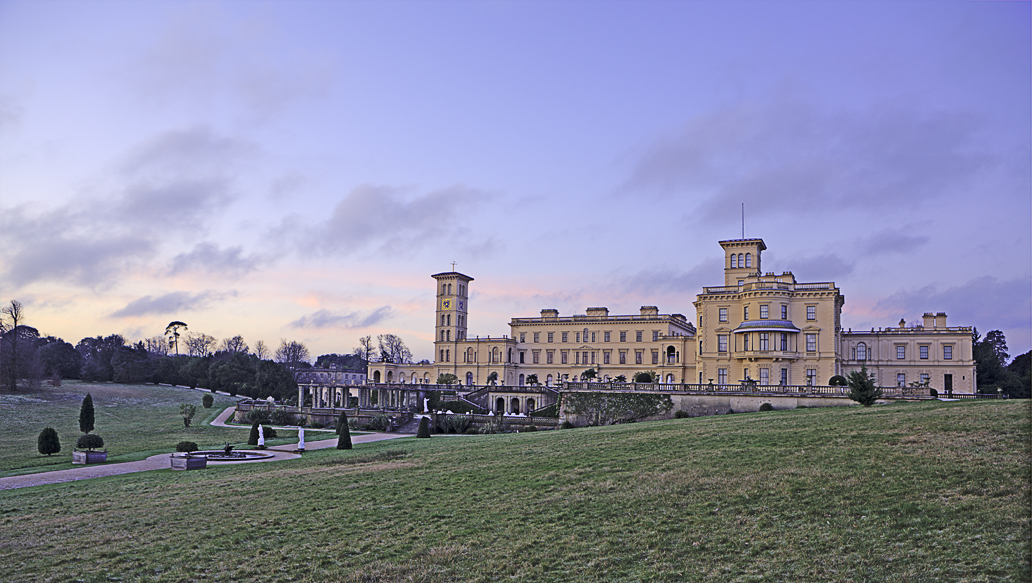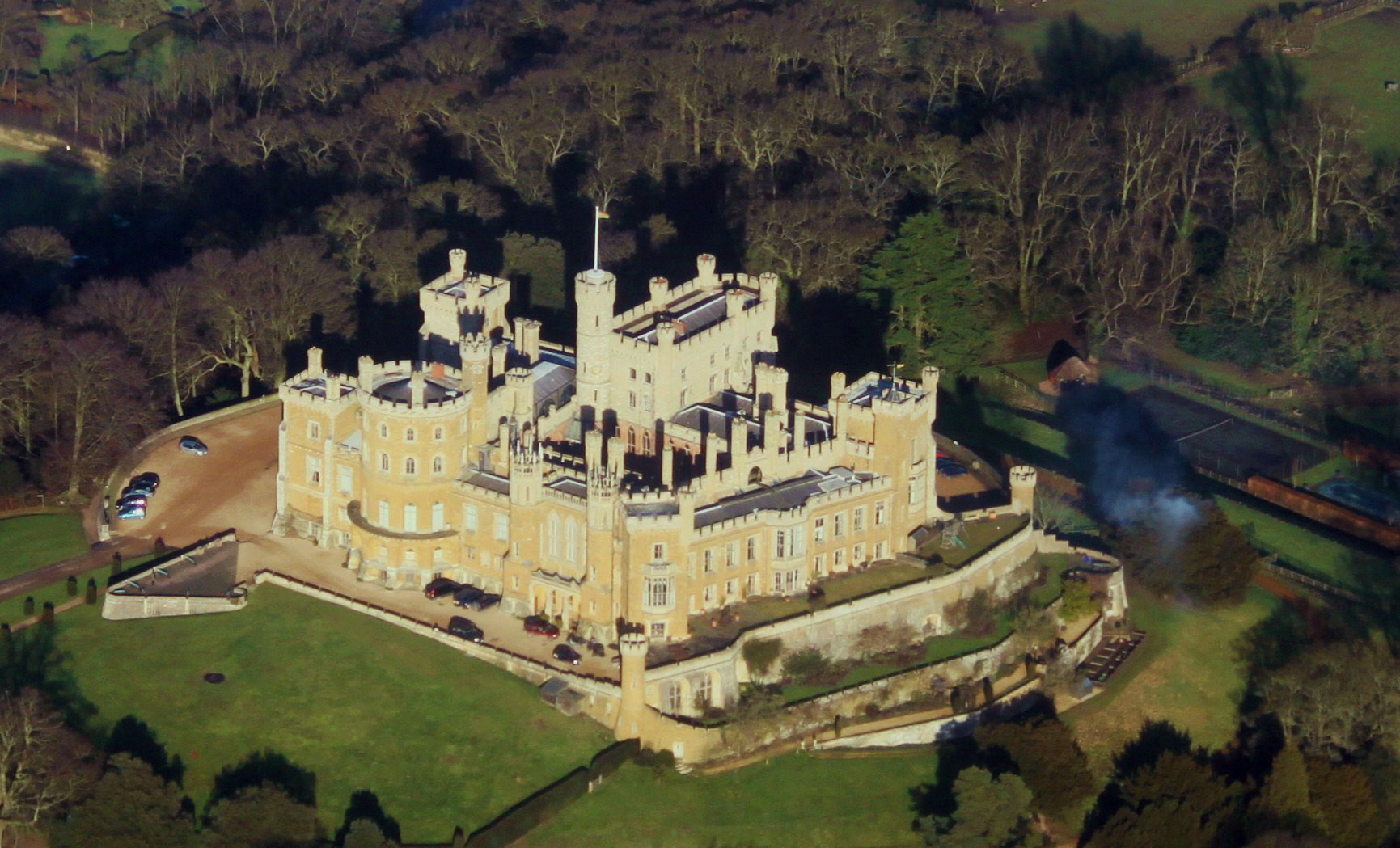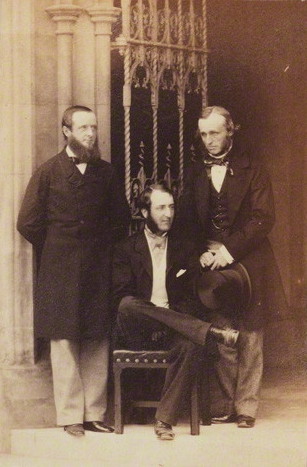by Scott Mehl © Unofficial Royalty 2018

Jane Spencer, Baroness Churchill, photographed in Darmstadt, 1862. source: Royal Collection Trust RCIN 2906937
Jane Spencer, Baroness Churchill, a Lady of the Bedchamber to Queen Victoria from 1854 until 1900, was the longest-serving member of Queen Victoria’s household. Ladies of the Bedchamber were always wives of peers. Only one Lady of the Bedchamber was in waiting at a time. She was always ready to attend to the Queen. The Lady-in-Waiting attended all State occasions and presided over the Household table when the Mistress of the Robes was not in residence. A Lady of the Bedchamber had two to three waits a year from twelve to thirty days at a time.
Born Lady Jane Conyngham on June 1, 1826, she was the eldest daughter of Francis Conyngham, Earl of Mount Charles (later 2nd Marquess Conyngham) and Lady Jane Paget, and had five siblings:
- George Conyngham, 3rd Marquess Conyngham (1825) – married Lady Jane Stanhope, had issue
- Lady Frances Conyngham (1827) – married Gustavus Lambart, had issue
- Lady Elizabeth (1829) – married George Finch-Hatton, 11th Earl of Winchilsea, no issue
- Lady Cecilia Conyngham (1831) – married Sir Theodore Brinckman, 2nd Baronet, had issue
- Lord Francis Conyngham (1832) – married the Hon. Georgiana Morgan, no issue

Lord Conyngham (left) paying homage to the new Queen Victoria, with the Archbishop of Canterbury. source: Wikipedia
Royal service was quite common in Jane’s family. Her father, Francis, had served as a Page of Honour to the future King George IV and later served as Groom of the Bedchamber and Master of the Robes to King George IV between 1820 and 1830. He later served as Lord Chamberlain of the Household to King William IV and Queen Victoria from 1835 until 1839. It was Francis, accompanied by the Archbishop of Canterbury, who arrived at Kensington Palace in the early morning of June 20, 1837 to inform Victoria that she was now Queen. He was the first person to address the young Victoria as “Your Majesty”.

Elizabeth, Countess Conyngham, 1801 portrait by Sir Thomas Lawrence. source: Wikipedia
Jane’s paternal grandmother, The Marchioness of Conyngham (born Elizabeth Denison), was the longtime mistress of King George IV and wielded a great amount of power in the royal court. Upon the King’s death in 1830, he bequeathed all of his plate and jewellery to Elizabeth, but she refused it. Elizabeth was banned from court during the reigns of King William IV and Queen Victoria. Her husband, the 1st Marquess of Conyngham was made a member of the Privy Council and served as Lord Steward of the Household from 1821 until 1830. He was also appointed Constable and Governor of Windsor Castle in 1829, serving until his death three years later.

Lord Alfred Henry Paget by Southwell Brothers, albumen carte-de-visite, 1860s. source: National Portrait Gallery NPG x46527
On her maternal side, her mother’s half-brother was Lord Alfred Paget, who served as Chief Equerry and Clerk Marshal to Queen Victoria from July 1846 to March 1852, December 1852 to March 1858, and June 1859 to August 1874. At that time he retired as Chief Equerry but remained Clerk Marshal until he died in 1888.
Alfred’s daughter, Evelyn Cecilia Paget (Jane’s cousin), served as a Maid of Honour to Queen Victoria from 1874 until 1894. Another of Jane’s cousins, The Hon. Ethel Cadogan, also served as an Extra Maid of Honour from 1876-1880, Maid of Honour from 1880-1897, and Woman of the Bedchamber from 1897 until 1901.

Henry Paget, 2nd Marquess of Anglesey by Camille Silvy, albumen carte-de-visite, 23 July 1861. source: National Portrait Gallery, NPG Ax7420
Another of her mother’s brothers was Henry Paget, Earl of Uxbridge (later 2nd Marquess of Anglesey), who served as a Lord in Waiting to The Queen from 1837 to 1839, and then as Lord Chamberlain of the Household from 1839 to 1841 (succeeding Jane’s father).

Lady Adelaide Cadogan (née Paget) by Camille Silvy. albumen print, 22 June 1863. source: National Portrait Gallery, NP Ax63220
Her mother’s half-sister, Lady Adelaide Paget, served as one of the train bearers at Queen Victoria’s Coronation in 1838. One of her mother’s first cousins, Lady Matilda Paget, was a Maid of Honour to The Queen from 1837 until 1855.

Henry William Paget, 1st Marquess of Anglesey, attributed to George Dawe, oil on canvas, c1817. source: National Portrait Gallery, NPG 1581
Her maternal grandfather, Henry Paget, 1st Marquess of Anglesey, served as Lord High Steward of England at the coronation of King George IV in 1821; Master-General of the Ordnance from 1827-1828 and 1846-1852; and twice served as Lord Lieutenant of Ireland, from 18281-1829 and 1830-1833.

Francis George Spencer, 2nd Baron Churchill by Southwell Brothers albumen carte-de-visite, 1862-1863. source: National Portrait Gallery, NPG Ax7435
On May 19, 1849, Jane married Francis Spencer, 2nd Baron Churchill, at Bifrons Park in Patrixbourne, Kent. He was the son of Francis Spencer, 1st Baron Churchill and Lady Frances FitzRoy. The couple had one son:
- Victor Spencer, 1st Viscount Churchill (1864-1934) – married (1) Lady Verena Lowther, had issue; (2) Christine Sinclair, had issue
Jane was appointed Lady of the Bedchamber in 1854. She quickly became one of Queen Victoria’s most trusted confidantes. She was so trusted that in 1858, Queen Victoria asked Jane to accompany The Princess Royal to Berlin following her marriage to Prince Friedrich of Prussia (later Emperor Friedrich III), to help the Princess acclimate to her new home and also to provide Queen Victoria with detailed observations about life in the Prussian court. Lady Jane spent several weeks there before returning to Britain.
Jane’s influence with Queen Victoria became stronger following the death of Prince Albert in 1861. Queen Victoria no longer wanting to deal directly with many in her household, often used Jane to pass notes and requests to her staff and courtiers. Her devotion to the Queen was without question, and she was deemed by many as being the most influential and powerful people in Queen Victoria’s inner circle. While this occasionally ruffled feathers with some members of the household, most found her to be a very kind and caring person who put the needs and wishes of The Queen above all others.

Osborne House. photo: by WyrdLight.com, CC BY-SA 3.0, https://commons.wikimedia.org/w/index.php?curid=12766661
Widowed in 1886, Jane remained at The Queen’s side for the rest of her life. On Christmas Eve 1900, The Dowager Baroness Churchill died in her sleep in her room at Osborne House, after over 45 years of service, companionship, and friendship to Queen Victoria. She was buried several days later in Finstock, Oxfordshire. The Queen was not told of her death immediately, as her doctors felt the news would be devastating to her already weakened health. Once told, she was heartbroken, and sent a wreath for Jane’s funeral with a handwritten note – “A mark of most loving affection and grateful remembrance from her devoted friend, Victoria, R.I.” Less than a month later, The Queen also passed away at Osborne House.
This article is the intellectual property of Unofficial Royalty and is NOT TO BE COPIED, EDITED, OR POSTED IN ANY FORM ON ANOTHER WEBSITE under any circumstances. It is permissible to use a link that directs to Unofficial Royalty.
Recommended Book – Serving Queen Victoria: Life in the Royal Household by Kate Hubbard































